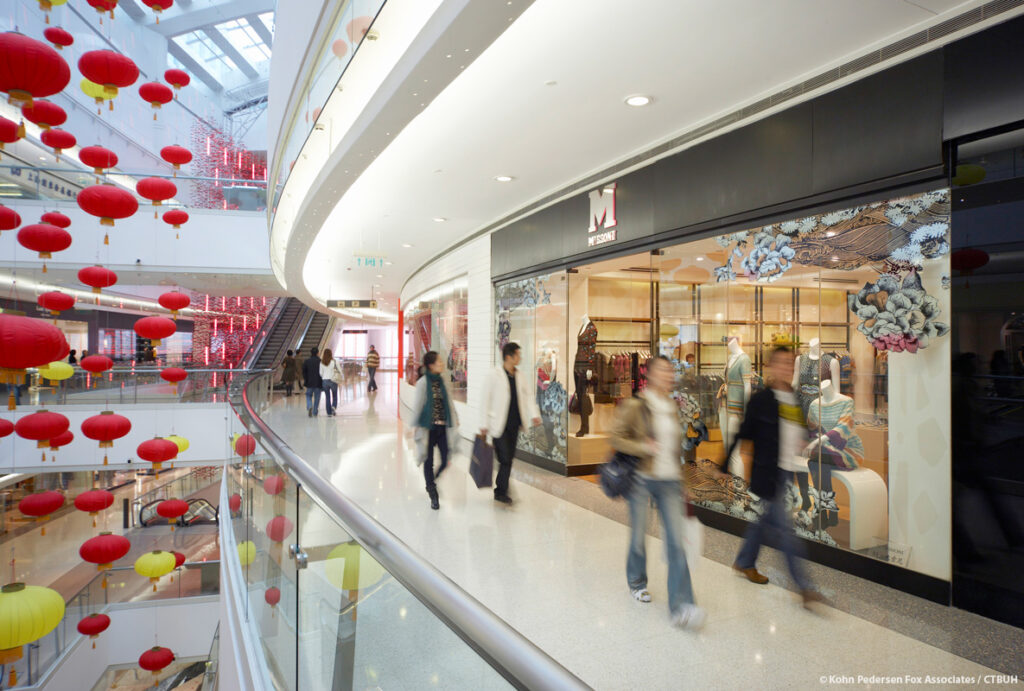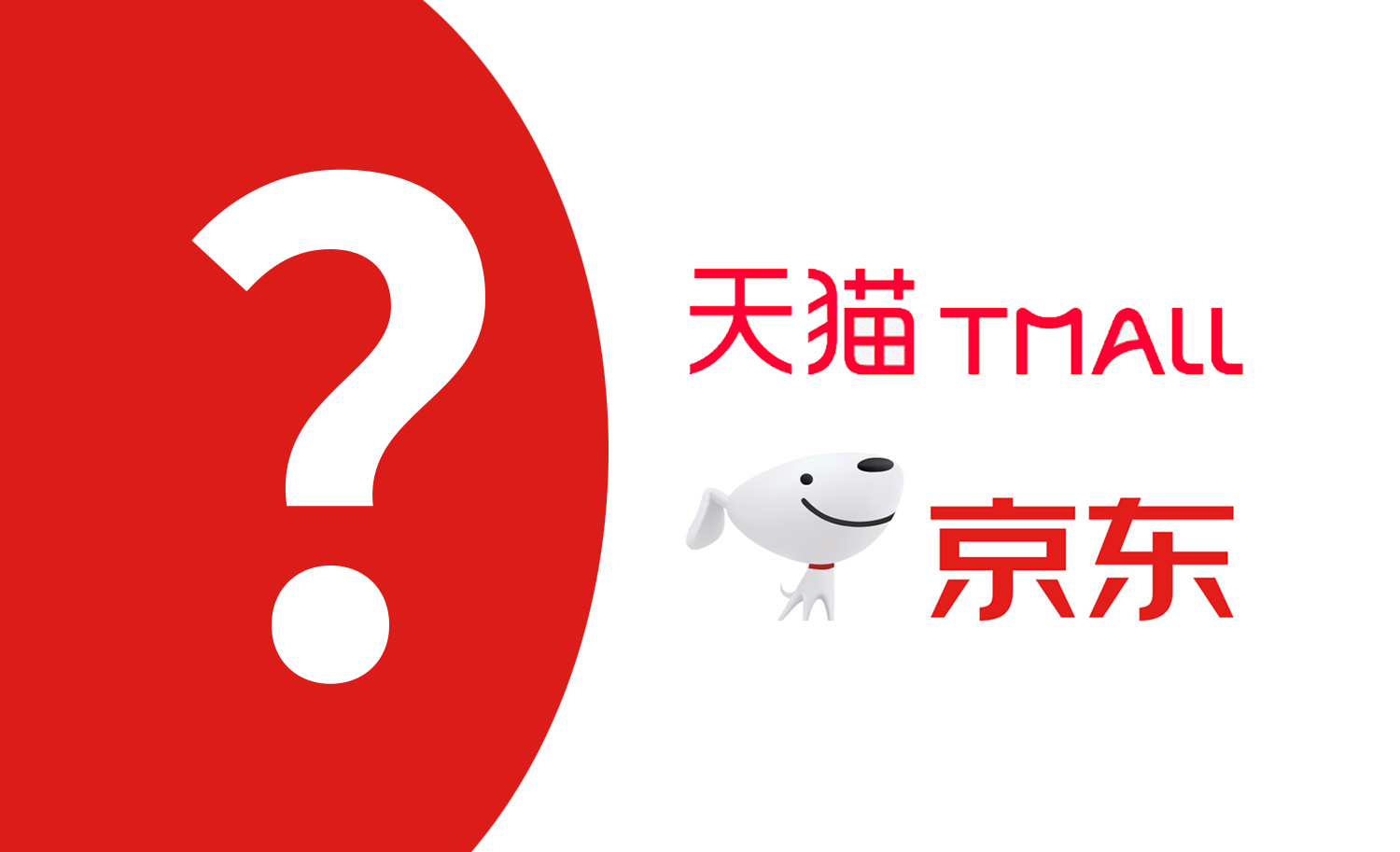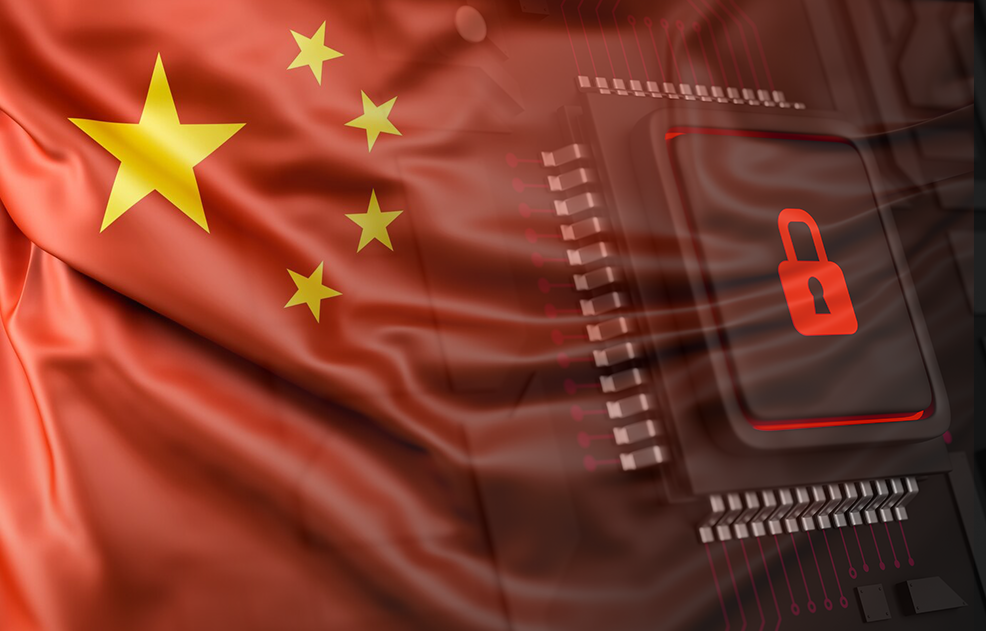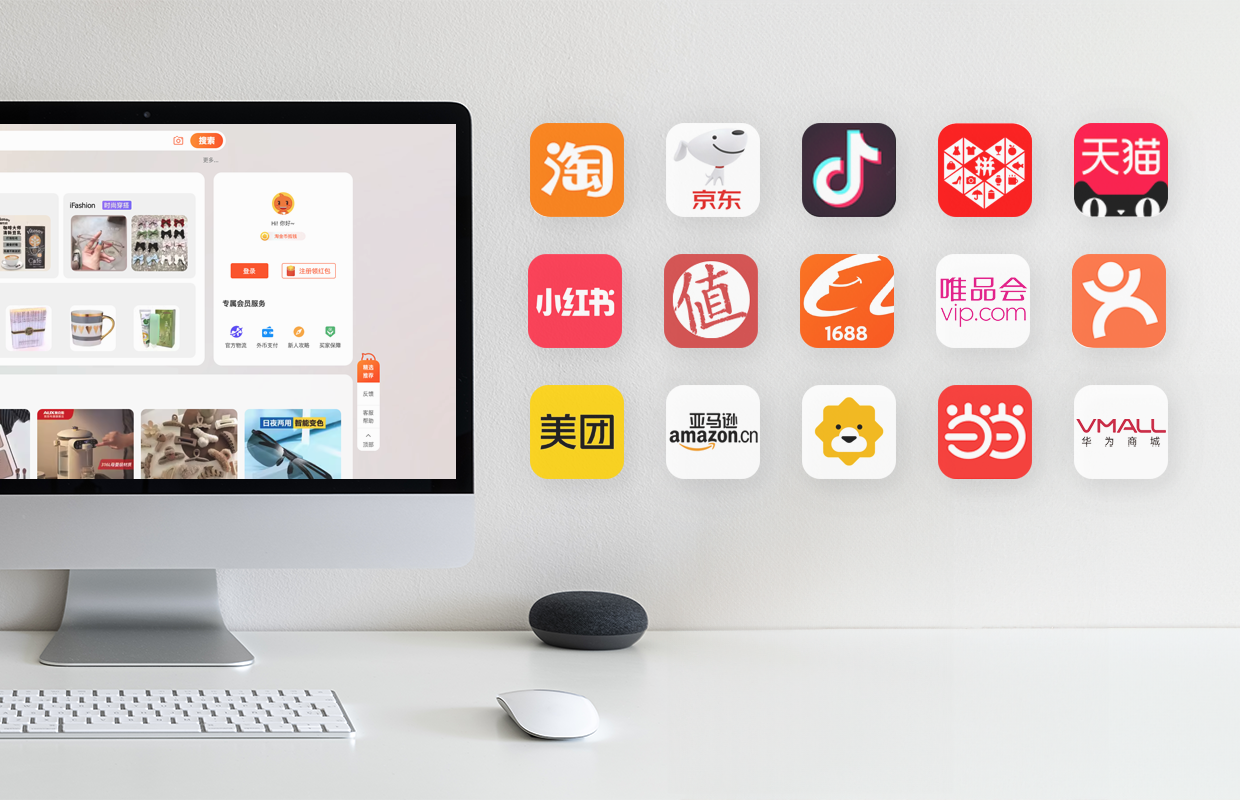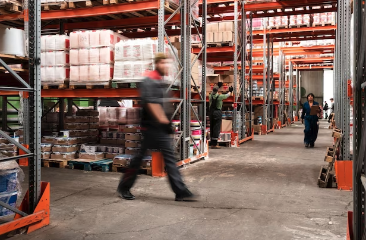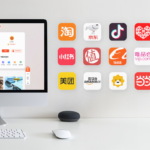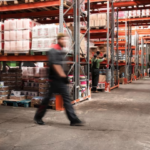In 2019, exactly how to manage warehousing logistics and order management has become a hot topic in China's New Retail space. Brands are using innovative new models to differentiate themselves from competitors, optimize both operational efficiency and user experience, and stay ahead of the pack.
Even more so than with traditional retail, the availability of in-store inventory is crucial to New Retail. Offline stores are taking position at the forefront of a brand's omni-channel strategy. Consequently, requirements for timely order fulfillment capabilities are rising higher than ever.
Most businesses innovating in this space fall into two main models: fixed inventory and mixed inventory. In this article we take a look at the first. We go over how it works and explore its features and advantages.
Fixed Inventory Model
In the fixed inventory model, online shops display the nearest store's product inventory to the user's real-time physical location. For example, IKEA has a number of different physical stores located in Shanghai. Its new retail Mini-Program/applet detects which of them a user is close to when accessing the Mini-Program in real-time. It then shows them the product inventory of that specific store while they're near to it.
Pros and Cons
- Advantages: Only the current inventory of the nearest store is displayed to the user, overall management is simple and convenient
- Disadvantages: Users don't get a unified experience within the channel. Users may wish to see the overall stock in the city if they plan to visit a store that is not the closest to them (due to convenient public transport links or any other reason). Products being out of stock in one specific store can hurt the user experience.
- Challenges: Securing and managing inventory for online synchronization. If stock isn't updated in a timely manner, customers can be told that out-of-stock items are in stock. This can result in them making orders for items that aren't in stock and being disappointed by the experience.
Product Configuration
Products can have multiple specific versions (such as sizing for clothing items, or color for many product types, or specifications for computer hardware, and so on) and so these need to be configurable by users when they're making a purchase. As such, sellers must set up each configurable product page to allow users to select each as they prefer. Product configurations usually fall into the following broad categories:
- Configurable products: Taking mobile phones as an example, users may pick the color of the phone, and the size of the internal memory.
- Product combos: Users may choose which 'add-ons' they wish to add onto their order, again using mobile phones as an example this might be a phone case, or a screen protector, or an extra charge kit, etc. Users can mix and match which of these they do and don't want to add to the order.
- Bundled products: Similar to product combos, additional items are added onto an order. However, in this case these bundles are pre-set and cannot be mixed and matched specifically to a user's tastes. In the phone example, they may have the choice to get the phone by itself, the phone with a screen protector and phone case, or the phone with a screen protector, phone case, sticker pack, and selfie stick.
Inventory Management
As already mentioned, New Retail can provide users with a unified, omni-channel experience. Under ideal conditions, every item is in stock in each store at all times. However, in real-world scenarios this is typically hard to achieve.
Sellers need to facilitate Inventory management not only at the top-down level from headquarters but also on the ground at the store level. Stores should be able to adjust or even offer entirely new store-exclusive discounts according to their inventory and sales flow.
Precision management of local inventory with a top-down view of the chain's stores as a whole also helps match online orders to the nearest store with those products in stock. This turns each individual store into a small localized warehouse.
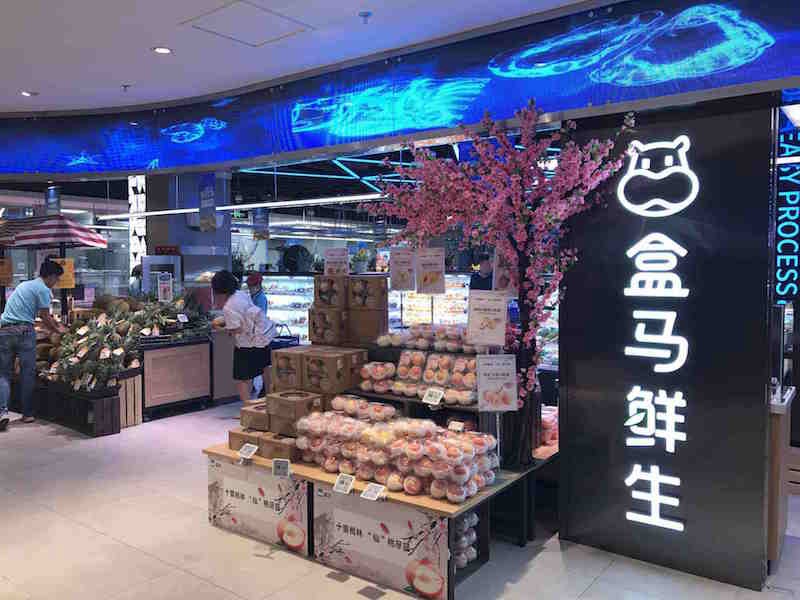
Order Notification and Logistics Integration
This is a relatively simple concept. Companies that handle their own logistics and distribution can set up their own custom set of order notifications (at steps like stocking, shipping, delivery, return, etc) and integrate into these the location of the package at each step (even using real-time GPS tracking at certain steps).
Meanwhile, companies that outsource their logistics side should make sure that the third-party logistics handler uses a modern digital tracking system and to integrate this into their online store. Dada is one popular third-party vendor for this, which supports online store integration.
Offline Pickup
As New Retail has taken hold, the pattern of consumer demand has shifted from purely quick delivery to the ability to go and retrieve the item themselves from a store or other convenient location. Many customers would rather grab their purchase when it's convenient rather than wait for a delivery to arrive. Especially if they have no way of collecting the package without being home at the time of delivery.
The main requirement here is that sellers 'lock' inventory upon purchase, even for pick-up rather than delivery orders. Otherwise, available stock as displayed on the site may not represent the actual stock available for purchase. This can then lead to issues further down the line. This is especially important for stores or products with a high turnover rate.
Order Separation
For larger retailers, order separation plays an important part in improving overall retail performance. Supermarkets, for example, often have their customers order products in multiple categories in a single transaction. If a customer orders a bottle of shampoo, some batteries, a bottle of cola, two loaves of bread, etc, all within one order, a single individual handling all these tasks in a warehouse, where countless such orders can come through in any given day, can result in delays.
Instead, splitting each order into category-specific parts and having dedicated sub-departments handle their relevant part, with each part united at the central packing office after retrieval and collection, can make the entire process run more smoothly.


